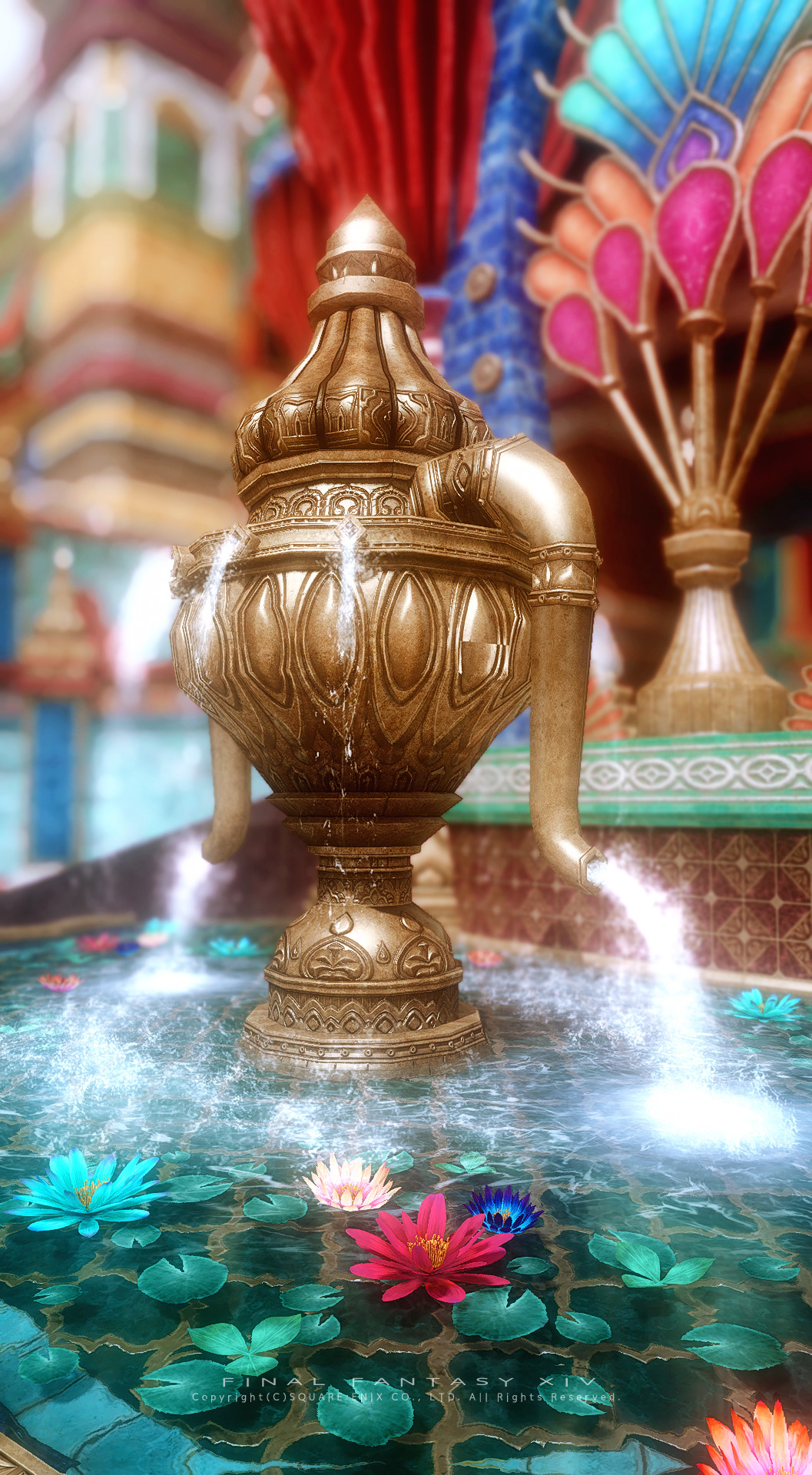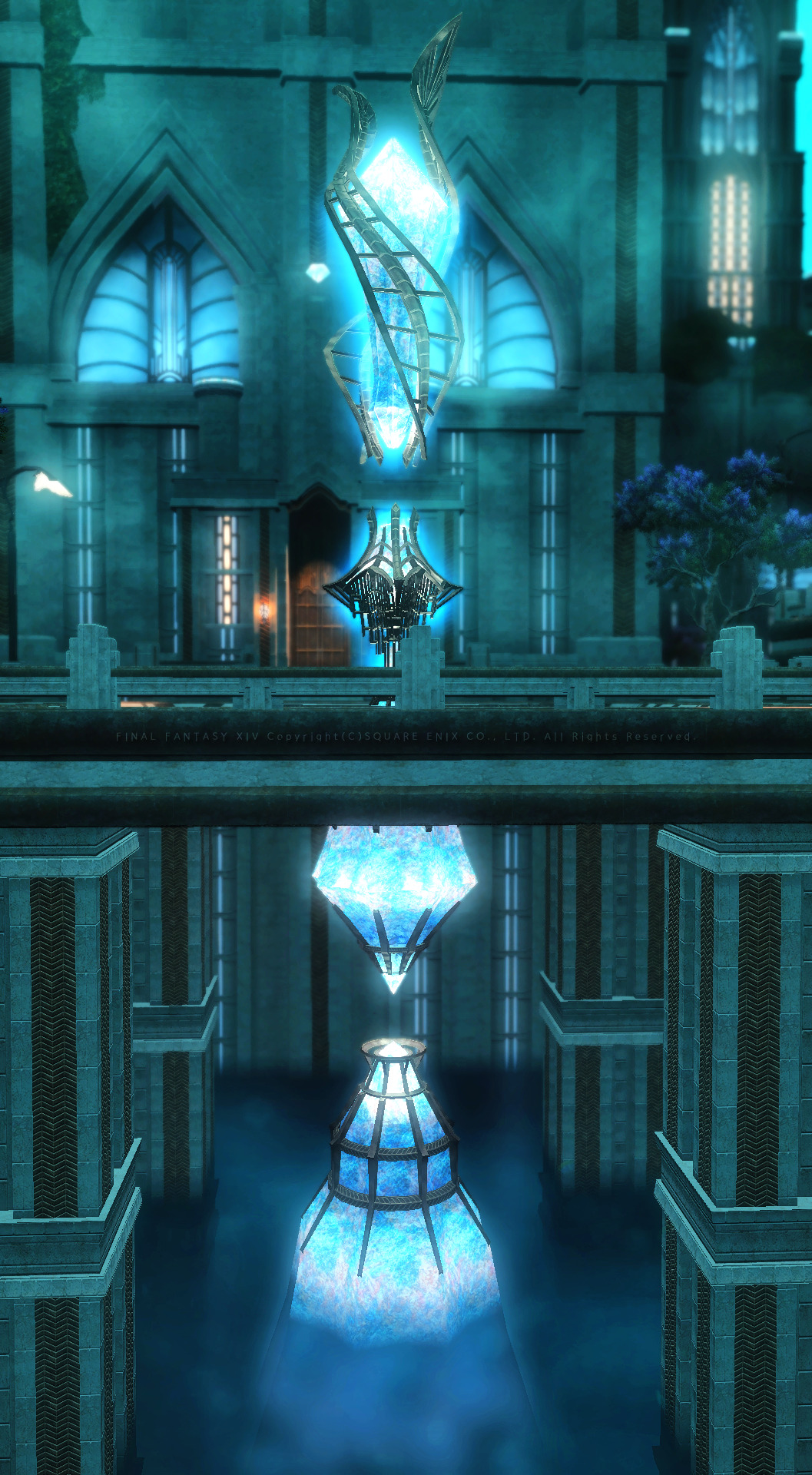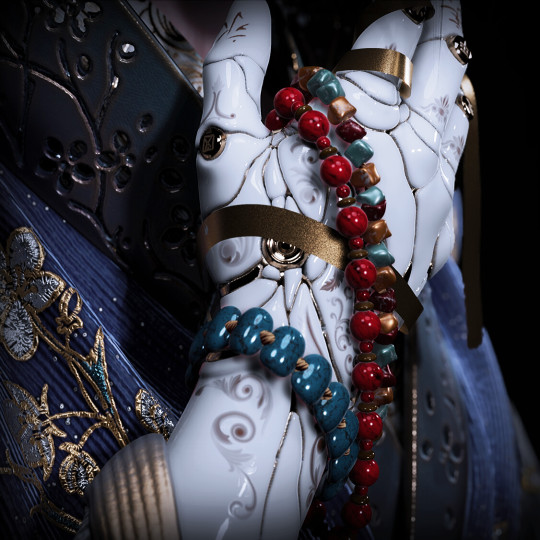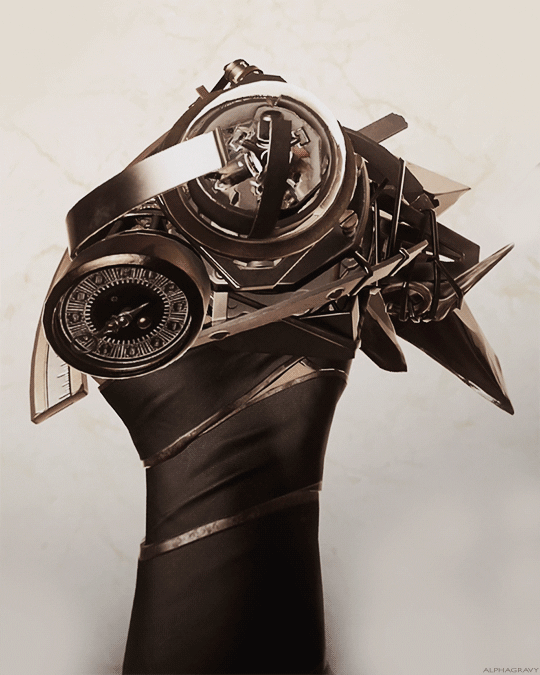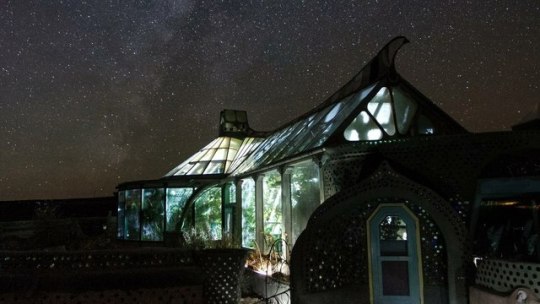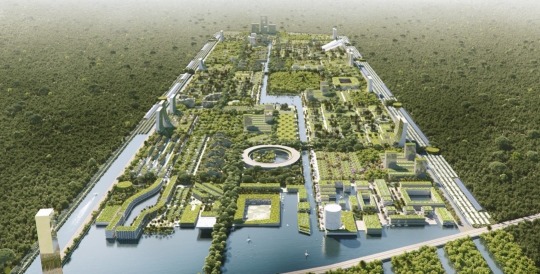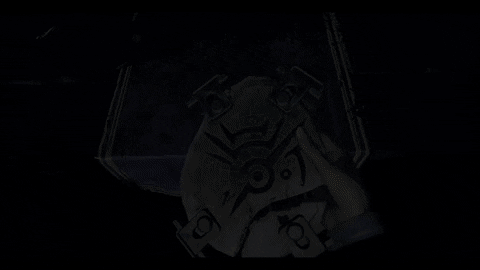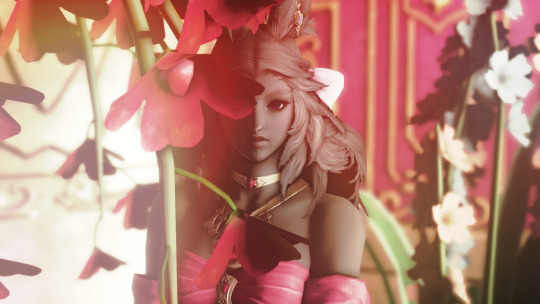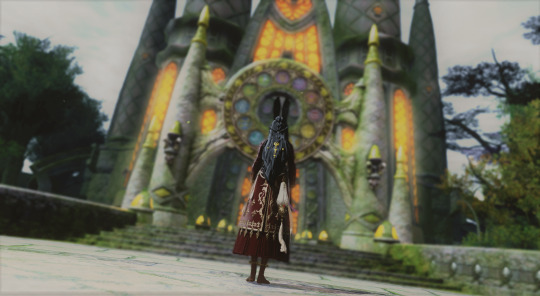Photo
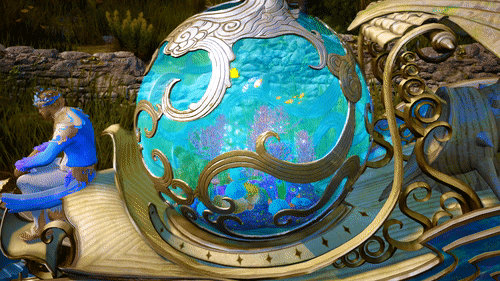


Terrmian Wagon
[A wagon that carries the ocean around!]
162 notes
·
View notes
Text
The ornament of our enigmatic desires, Interview with Nusi Quero
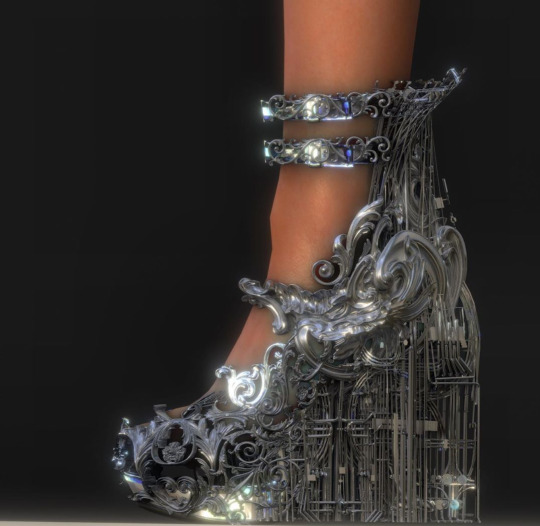
I find in the work of Nusi Quero a form of glossary, a glossary of forms which cross as well the ironwork of Jean Lamour as the Postman Cheval’s Ideal Palace, which goes from Rococo to Gundam, from our skeletons to our neural connections, from pure intuition to pure algorithmic. In the midst of this luxuriant and generous glossary stands out a new composition, that of the ornament of our enigmatic desires.
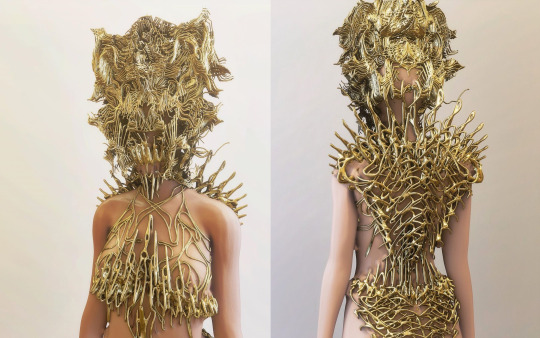
Can you introduce yourself?
Nusi Quero: You can call me Nusi Quero. I live in Los Angeles, CA. It is a place I consider to be fertile soil for my imagination to bloom in. I grew up in Florida. Prior to the pandemic, I had been working as a Junior Architect (unlicensed, but practicing for a firm). It’s unclear what that market will be like after all this. For now I am making as much art as possible. Before that I was producing playing live music for a living, my group was called Hundred Waters. I went to school for architecture. I have been practicing creativity since I was young, I believe writing graffiti was the first activity that unlocked my now unwavering desire to make something that I wanted to be beautiful and that nobody told me to make.
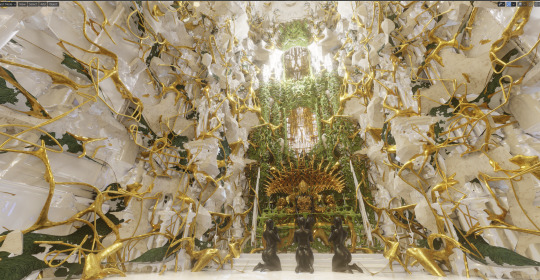
What words do you use to define the luxuriant and generous forms present in your work, and what meaning do you give to it?
Nusi Quero: I like that you used the words luxuriant and generous. I am very interested in lots of things, but my work of recent is tending to a certain selection of ingredients that I chose to sort of “accept”.. they are intuitive and selfish desires I think, ones maybe academia and people who know a lot about art and history may find disjointed or obvious or naïve or something, but I really enjoy cooking with them together… I think a sort of universe is starting to carve itself out.
I like shapes, wild geometries. I like to try to wiggle characteristics of shapes and mantras that are part of my aesthetic desires into my work: anatomy, aerodynamics, innuendo, intimacy, refraction, tessellation, faceting, voluptuousness, intricacy, eroticism, latticework, ritual, royalty, shamanism, opulence, systemic relationships, patterns, calligraphy. These are the descriptors of the work itself, but ultimately my lexicon of intention is to create an image, object or experience that will induce feelings of overwhelming awe, perhaps arousal, or enigma.
Luxury is certainly something I am interested in conveying, but not under the guise of it being earned or inherited by power or money: I love more the aesthetic artifacts that have been produced under its name. Most of the things I’ve physically made are of cheap plastic models and toys, fast fashion materials from the LA fashion district, cheap crystal rhinestones, old computer parts. I love ornament. The idea of dressing things up with idiosyncrasy or figurative wisps of detail is an exciting human tradition. I think we are at a point in history when ornament can come back without the loaded symbolism of master/slave that it once held. For example, Rococo era ornamentation took thousands and thousands of hours of work from artisans, and an unbelievable amount of money at the time. It conveyed some la-di-da chameleon paint Lamborghini Rolex Louis Vuitton monogram I’m-rich-and you’re-not sort of bullshit message that generally sucks. But I absolutely loved the aesthetic, and creative intention put into it. We are reaching a point with computational geometry, additive/subtractive manufacturing, and automation that I think the cost and sacrifice of human time and energy is much less, and ornamentation and detail can be physically produced and simply exist for the sake of beauty, without it necessarily feeling superlative or being a symbol for the owner’s socio-economic status.
I’m not really interested in the fiscal value of things, or even the actual physical materials of the work much right now. I am interested in the visceral feeling someone gets when they behold it, wear it, or use it, even superficially.

Which artists and works of art inspire you the most ?
Nusi Quero:
Brian Eno // https://vimeo.com/164368445
Hundertwasser // http://www.artnet.com/artists/friedensreich-hundertwasser/
Gordon Matta Clark // http://www.artnet.com/artists/gordon-matta-clark/
Andrew Thomas Huang // https://vimeo.com/37848135
HR Giger // http://www.gigerworkcatalog.com/photos/berlin/original/berlin_27.jpg
Sarah sitkin // https://www.instagram.com/sarahsitkin/?hl=en
Lebbeus Woods // https://hyperallergic.com/131802/the-radical-and-contagious-ideas-of-lebbeus-woods/
Alexander McQueen // https://www.youtube.com/watch?v=CVN4WUKIzjA
Oyler Wu //https://www.oylerwu.com/screenplay
Giovanni Bertone // https://www.youtube.com/watch?v=Rr0YSZZ-FYg
Michael Hansmeyer // http://www.michael-hansmeyer.com/digital-grotesque-II
Are there any collaborations you dream of doing?
Nusi Quero: Not particularly right now, though I am hungry to collaborate with a person or brand or movement I might find synergy with. My way of working with my recent aesthetic language is non-linear- so that could introduce either great collaborative strides or a frustrating development process, I’m not sure. Regardless, I think it would be greatly beneficial for me to have partners in my vision: I absolutely love rules, as long as the people abiding by them are the ones making them. Having someone with a crystalline vision who wants to weave in my way of making in a specific or tactful way would be a fantastic experience, one I’m giddy about and looking forward to. Currently, I would love to create a sort of wardrobe for a virtual entity though, ie like War Nymph or Hatsune Miku etc. Would be so fun!
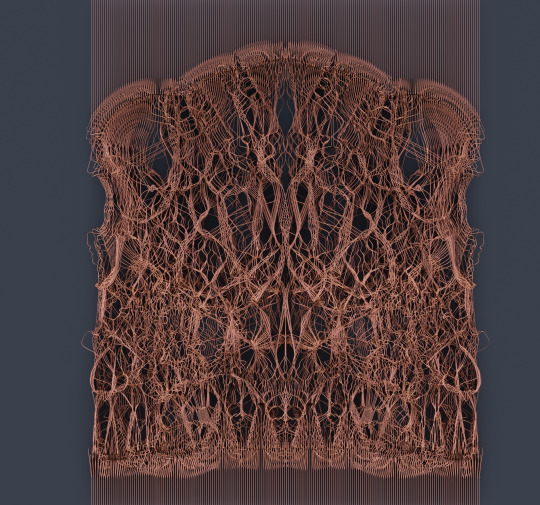
What is the technical production process to create your works? And also more specifically how do you transform a virtual design into a physical object? What softwares do you use?
Nusi Quero: I am interested in developing a language, a sort of identity that is described by the aesthetic characteristics of its morphology, details, or the implied or real material palette. I get bored too easily to decide on a specific product or even medium of expression, so I am betting on the hypothesis that if I can develop a certain way that things seem to be made or visually defined that is cross applicable between mediums, then I can sort of endlessly apply my ‘style’ to all sorts of things with a discrete identity, rather than create a repeated artistic product that I apply slight variations to over and over. I hope that makes sense.
This process requires a non-linear and frustratingly laborious task of building a procedural framework, or sets of constraints in which I can operate in, rather than a compositional brush-stroke / craftsmanship in the classical sense methodology sort of way.
Almost all of the actually physically tangible work I’ve shared as of yet has used no digital tools and technical prowess at all. The masks and objects are made of toy motorcycles, Gundam wing parts, cheap jewelry, plastic model kits of vehicles I like the shapes of. I was rigorous in my composition and selection of the pieces and parts, but they are all sort of manically and almost carelessly fused together with super glue. They are equal parts opulent and janky. They were simply the most convenient things to use at the time that I thought could free the fantastical things I was imagining from the walls my mind. So fucking tedious though.
For my digitally created works, I am obsessed with the notion that everything I want to say or do is already embedded within the sort of ‘site’ itself. For instance, all of the bodices, buildings, masks etc I make contain almost zero “brush strokes”, or sculpting in the traditional sense by me. Instead, I take a base mesh model (like a body, or a chruch, or a car, or the alphabet) and I run them through a series of carefully crafted and continually evolving procedural or mathematical operators. Then I composite them to reach the sort of intricate final products of my work. It allows me to work much faster, and to continually surprise myself with what is possible, and stretch the elasticity of what I am defining as “my look”. Every line, point, vertex, shape is already embedded or nestled within the base model of a human body, or building, or church, or whatever- I am simply choosing which ones to refract through my operators - to subdue, hyperbolize, create a latticework from, mirror, turn into Gold, or rubber, or skin. My hands are busy connecting nodes or googling math formulas in code or endlessly scrolling google images rather than tediously drawing the lines that ultimately define the shapes in my work.
I really don’t like to talk about specific software etc because I feel like it deflates some of the mysticism in how things emerge, and also suggests that these tools somehow define my work. But I guess they do help define it, and folks want to know and I get it and I’m game ok ok ok so I use: Rhinoceros, Houdini, and Blender for the majority of my digitally conceived work right now.
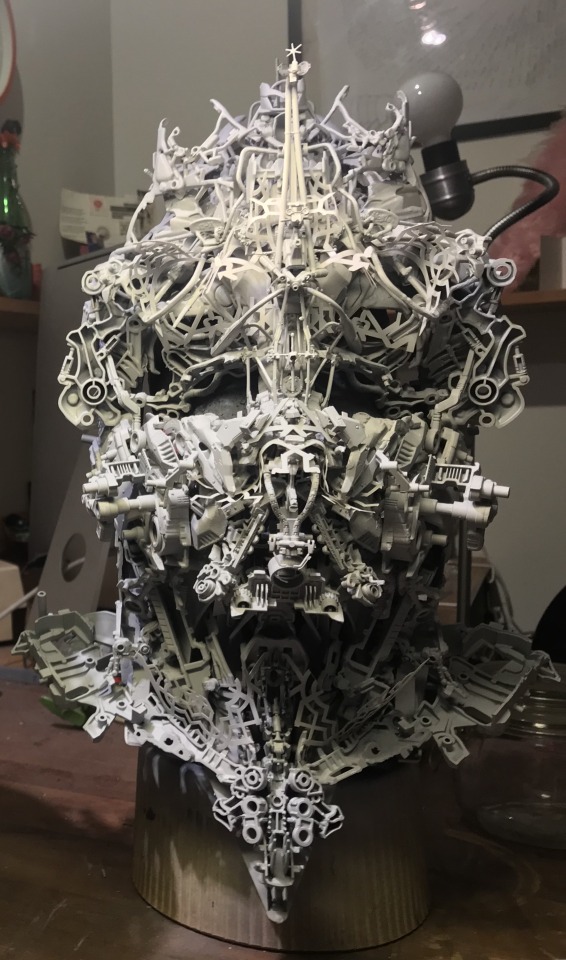
Interview by Charline Kirch for Expo156
Images credits Nusi Quero
13 notes
·
View notes
Photo
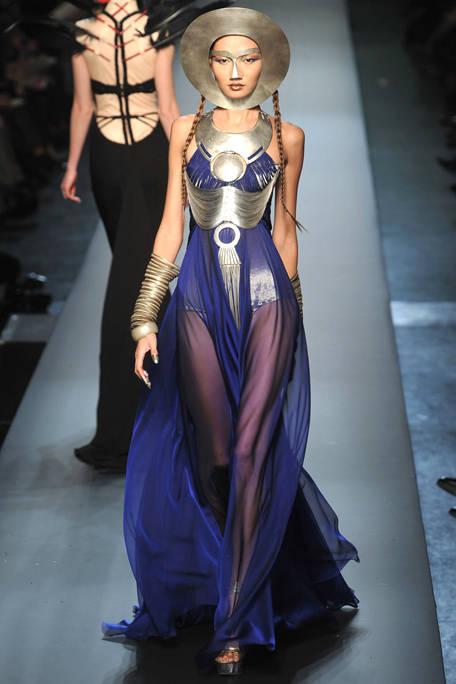
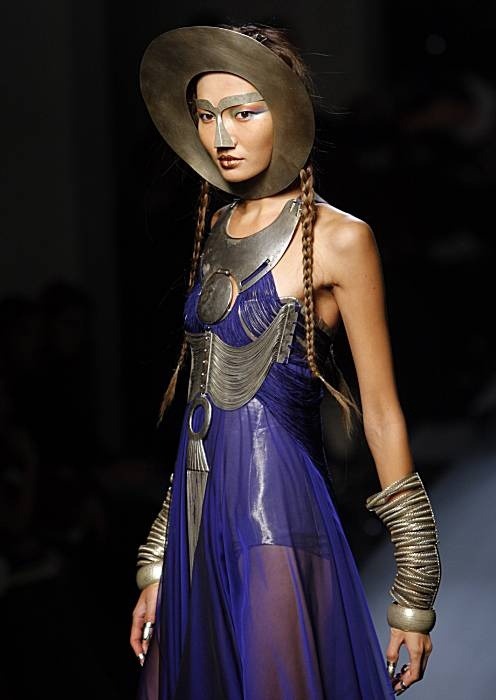
Jean Paul Gaultier Spring 2010 Haute Couture
2K notes
·
View notes
